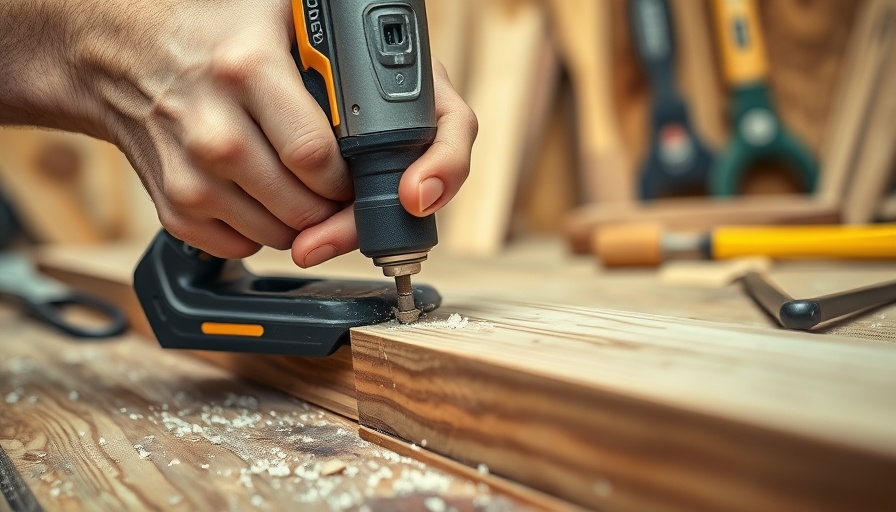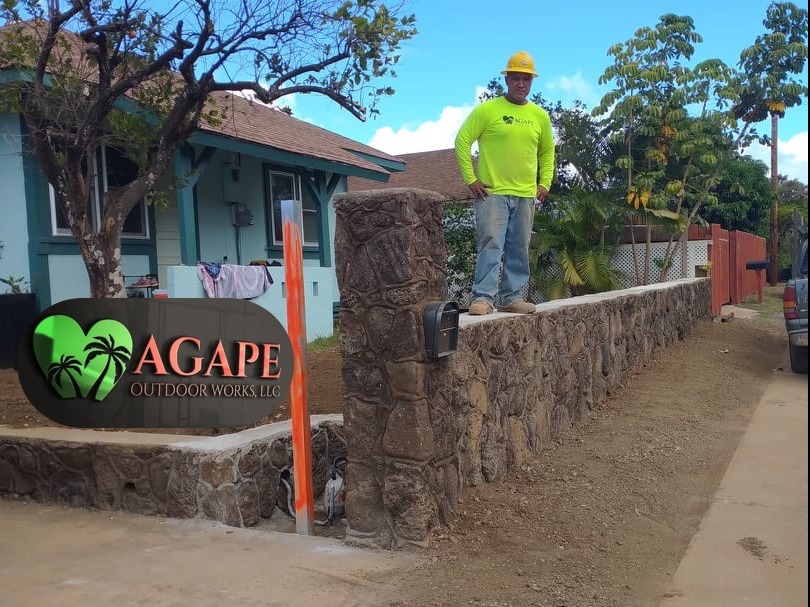
Mastering the Drill: A Pearl City Renovator's Guide
For residents of Pearl City eager to tackle home improvement projects, understanding how to properly use a drill can transform a simple fix into a professional-quality finish. This guide provides practical insights into drill bits and materials, ensuring you’re well-equipped for whatever DIY task lies ahead.
Understanding Different Types of Drills
Before diving into specific tasks, it’s crucial to understand the type of drill you’re working with. Most homes will feature either a cordless drill or a corded drill. Cordless models offer convenience and portability, while corded ones provide consistent power, making them ideal for heavier tasks.
Choosing the Right Drill Bits
The type of drill bit you select can dramatically affect the quality and efficiency of your work. Here’s a breakdown of some popular options:
- Twist Bits: Ideal for drilling into wood, plastic, and light metals.
- Spade Bits: Perfect for making large holes in wood; just remember to keep the drill steady.
- Masonry Bits: Essential for drilling into brick and concrete. Their sturdy design can withstand tough materials.
- Step Bits: Useful for creating various hole sizes in thin materials.
Using these bits effectively means understanding not just how to attach them to your drill but also what speed settings work best for each material.
Material Matters: Matching Bits to Projects
When tackling projects, knowing what drill bit to use with different materials is essential. For instance, while wood and drywall are forgiving materials, metals and masonry require sturdier bits and sometimes a slower drilling speed.
Always select a bit that matches the material to minimize wear on the tool and improve precision, especially when tackling critical structural repairs.
Techniques for Smooth Drilling
Here are a few techniques to ensure a smooth and effective drilling experience. Firstly, keep the drill steady; a firm grip will help maintain alignment and prevent slippage. Secondly, utilize a pilot hole when necessary, especially in harder materials, to guide the larger bit and reduce the risk of breaking.
Another tip is to periodically pull the bit out while drilling to clear any debris. This helps to maintain cutting efficiency and prolongs the life of your bits.
Staying Safe: Essential Precautions
Safety should always be a priority when using power tools. Ensure you're wearing appropriate safety gear such as goggles and gloves, particularly when working with materials that may produce sharp splinters or dust. Additionally, keep your work area clean and well-lit to avoid accidental trips or falls.
Another important aspect of safety is understanding and maintaining your drill. Regularly check the battery pack, cord, or plug for damages to prevent electrical hazards.
Future Trends: Innovations in Drilling Technology
Keeping up with advancements in drilling technology can also help Pearl City residents improve their DIY projects further. Trends like smart drills that integrate with mobile apps to guide you through projects could revolutionize the way we approach home repairs.
A focus on sustainable materials in tool manufacturing is another up-and-coming trend that consumers should watch out for, paving the way for greener home improvement practices.
As residents of Pearl City explore their home renovation dreams, understanding the best practices in using drills and selecting the right bits will empower them to take on more ambitious projects. Whether hanging a picture or upgrading cabinetry, you now have the tools and knowledge to drill like a pro.
 Add Row
Add Row  Add
Add 




 Add Row
Add Row  Add
Add 








Write A Comment